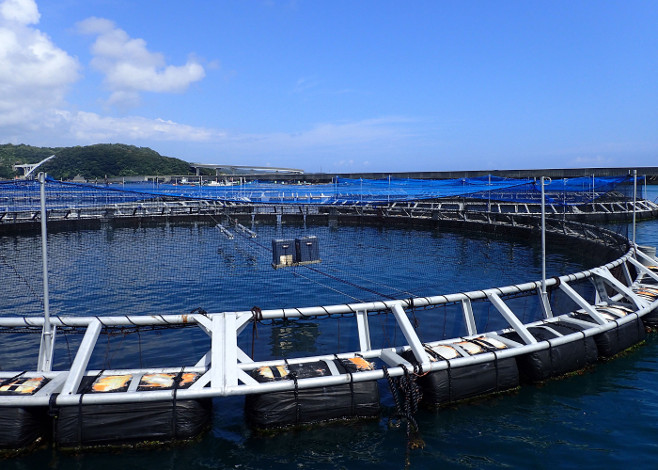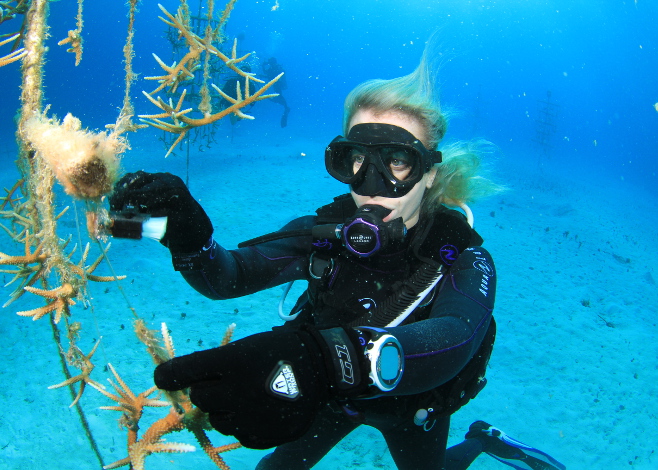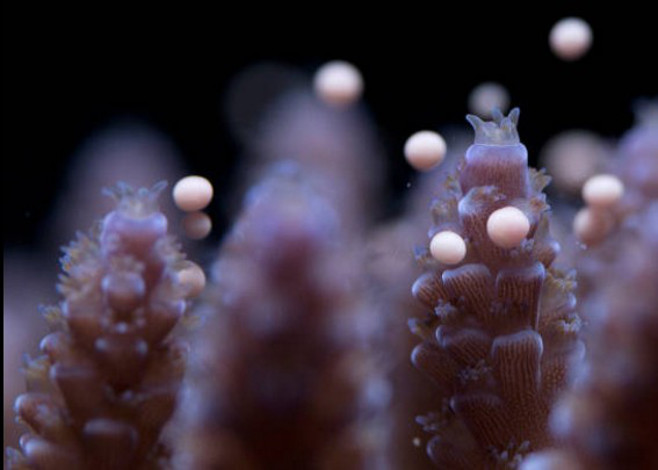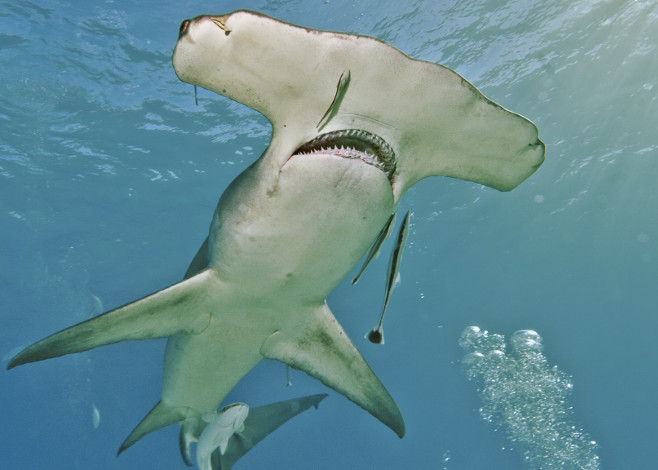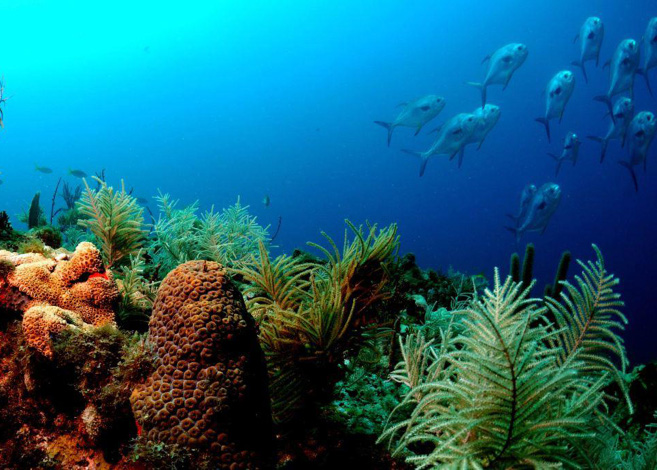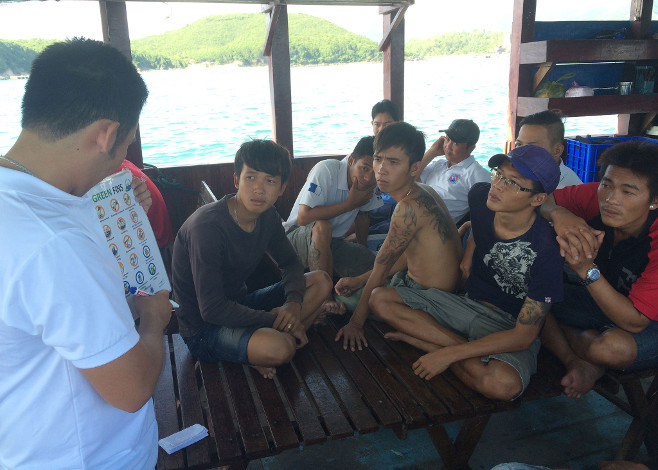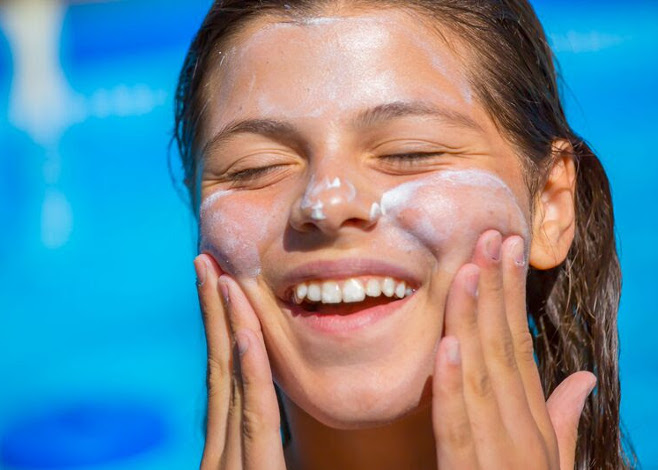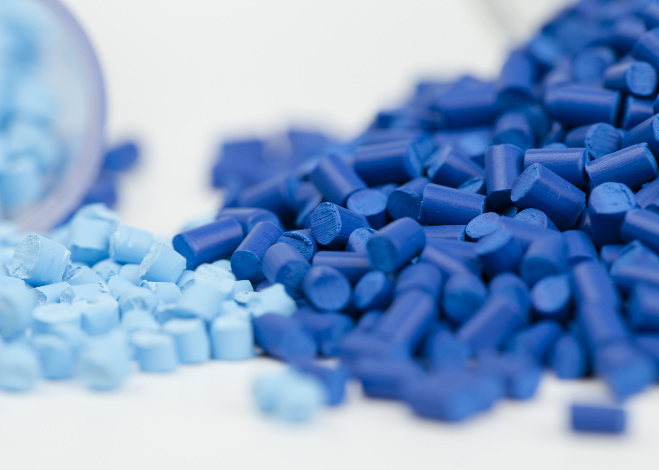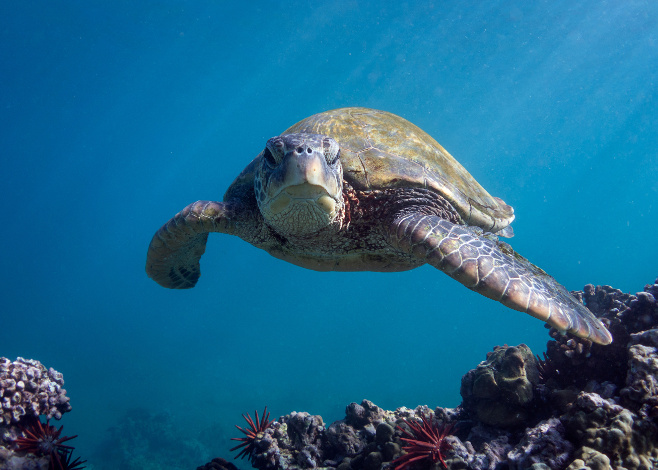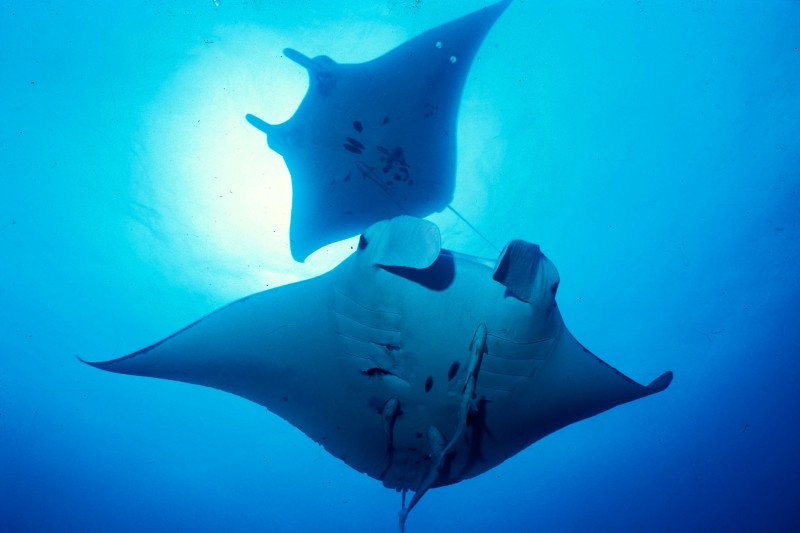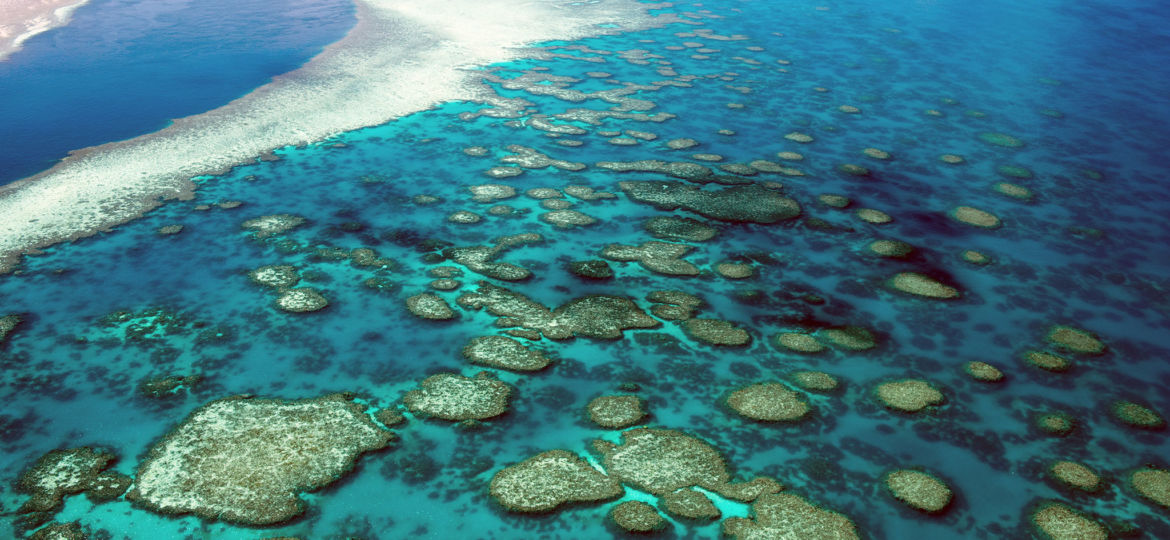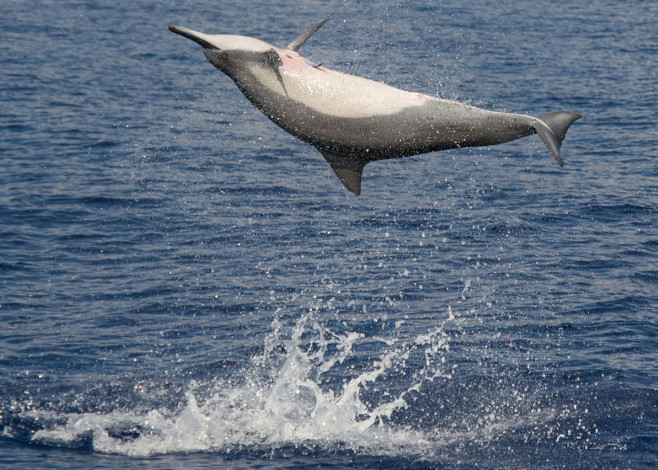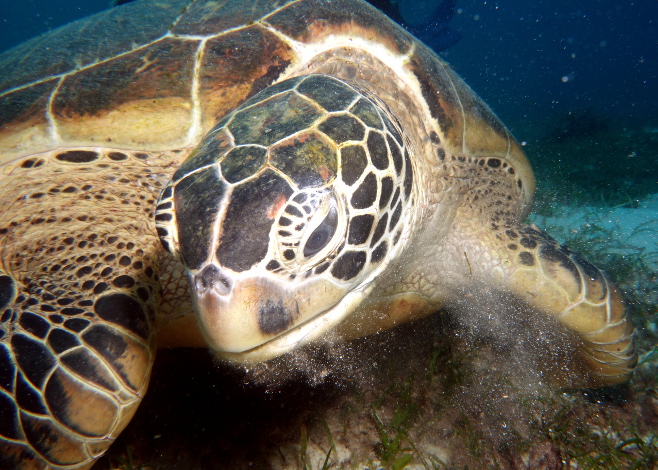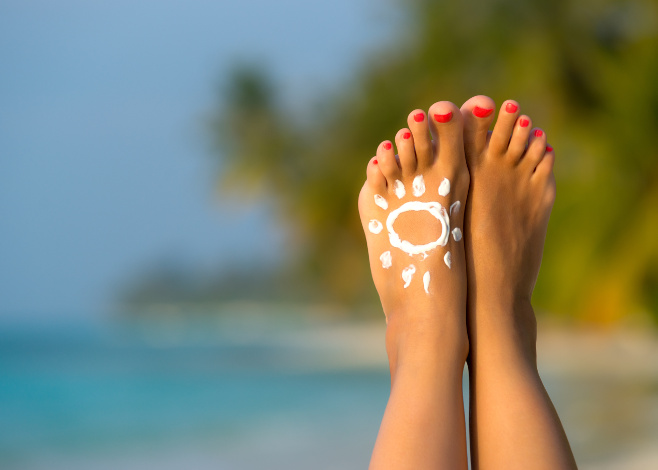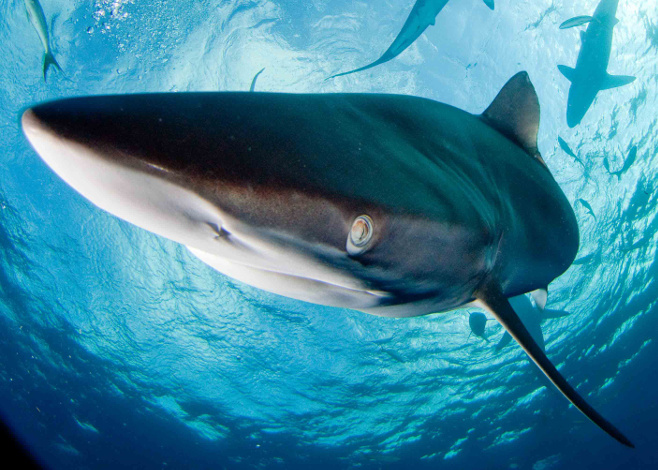Japan often gets a bad reputation when it comes to marine conservation, and with good reason. Events like the Taiji dolphin slaughter and a still-occurring annual whale hunt deserve to be condemned, but there are a few bright spots in Japan when it comes to marine conservation.
Conservation
Although coral nurseries are not new, they’ve seen a huge increase in recent years in terms of numbers and divers involved. You, too, can help give back to the ocean you love by becoming a Coral Nursery Restoration Diver.
A new procedure may offer hope for restoring some of the world’s diminished reefs.
New crowdfunded film will take the oceans to the public like never before
This year, Scuba Diver Life is partnering with the National Oceanic and Atmospheric Administration (NOAA) to bring you images and stories from each of the United States’ 11 dive-able marine sanctuaries. From cold water to warm, and from the Atlantic Ocean to the South Pacific, American waters are full of discoveries. This month, we take you south to Florida Keys National Marine Sanctuary.
The draw of healthy, biodiverse coral reefs compels many divers to travel around the world but, as divers, we know all too well that our reefs are under threat. We also know that divers offer some of the world’s most passionate voices for marine conservation and ocean protection.
Divers know our reefs are under threat, but you can help protect them (and yourself) every time you apply sunscreen by using Stream2Sea. Here are the top five reasons it should be your sunscreen go-to.
The report, which was based on the opinions of 180 environmental experts and produced by the Ellen MacArthur Foundation, serves as a horrifying wake-up call to the reality of plastic pollution.
The 2015 documentary “Racing Extinction” explores the sad possibility that we’ll lose half of all species by the end of the century — and what we can do to stop it.
The decision means a big win when it comes to preserving the world’s largest remaining population of manta rays.
Satellites usually trained on space will now spend some time investigating what’s going on in the planet’s oceans.
This year, Scuba Diver Life is partnering with the National Oceanic and Atmospheric Administration (NOAA) to bring you images and stories from each of the United States’ 11 dive-able marine sanctuaries. From cold water to warm, and from the Atlantic Ocean to the South Pacific, American waters are full of discoveries.
New 3D-printing technology may be used to create successful artificial reefs.
The 2015 documentary “Racing Extinction” explores the sad possibility that we’ll lose half of all species by the end of the century — and what we can do to stop it.
Marine damage, caused by the seemingly harmless task of applying sunscreen, was the inspiration for the creation of a number of less-damaging products.
Four years ago, after a lifetime of visiting harbors and marinas choked with trash, Australian yachtsman Andrew Turton decided to do something about the plastic pollution problem.
This year, the large coastal shark (LCS) quota for fisheries on the Atlantic seaboard will start at 36 sharks per trip for all directed shark-limited access permit holders.
If you want to help save sharks, make a statement with your dollars, and spend your vacation somewhere that actively protects sharks.


